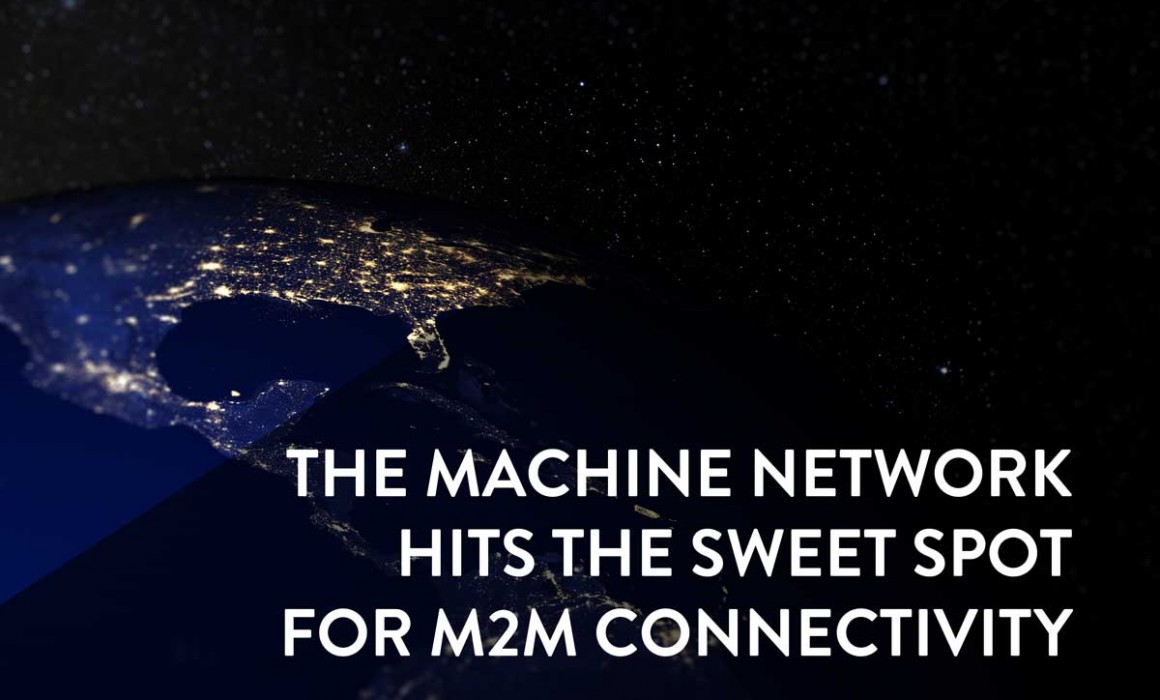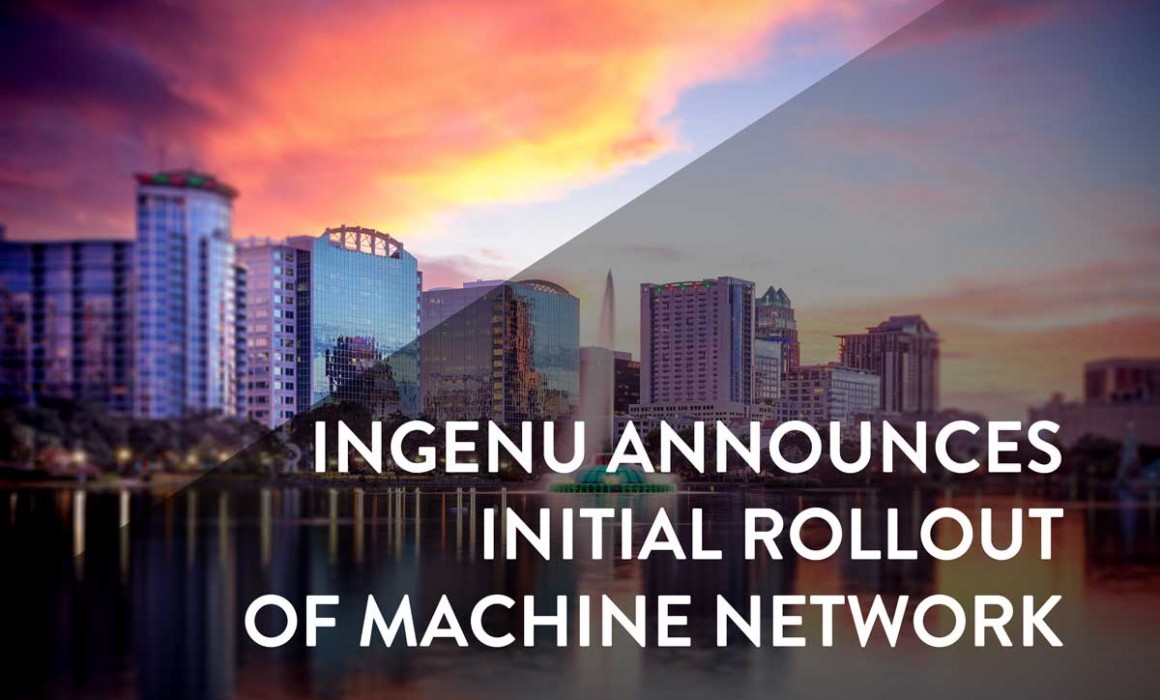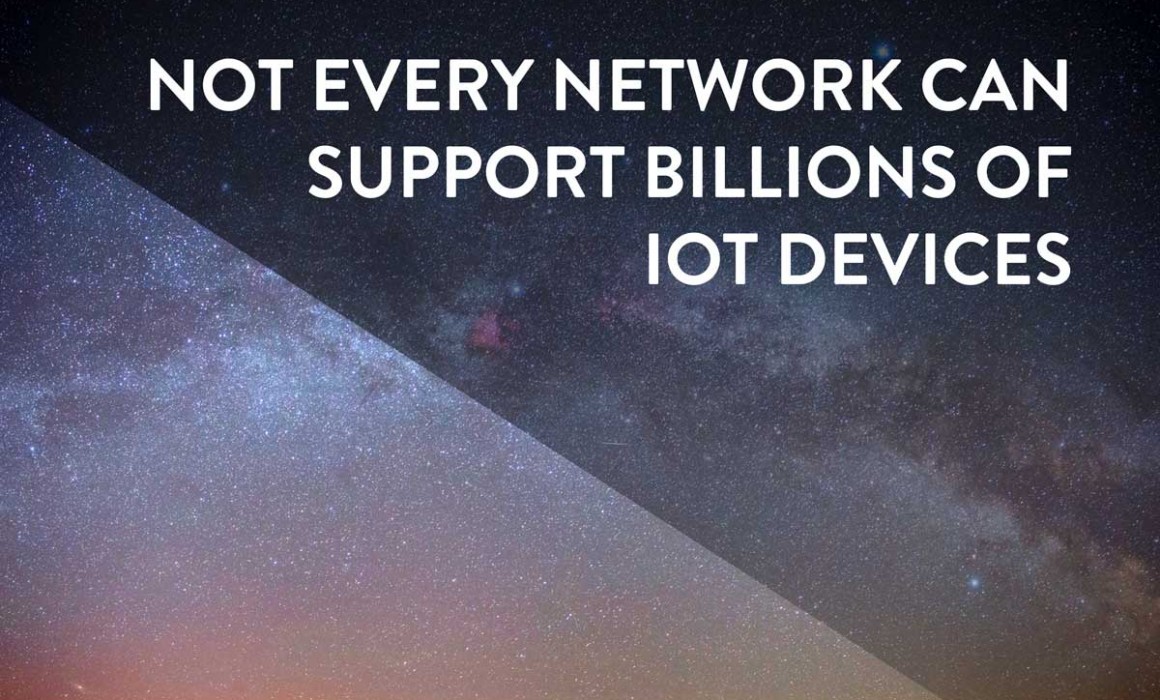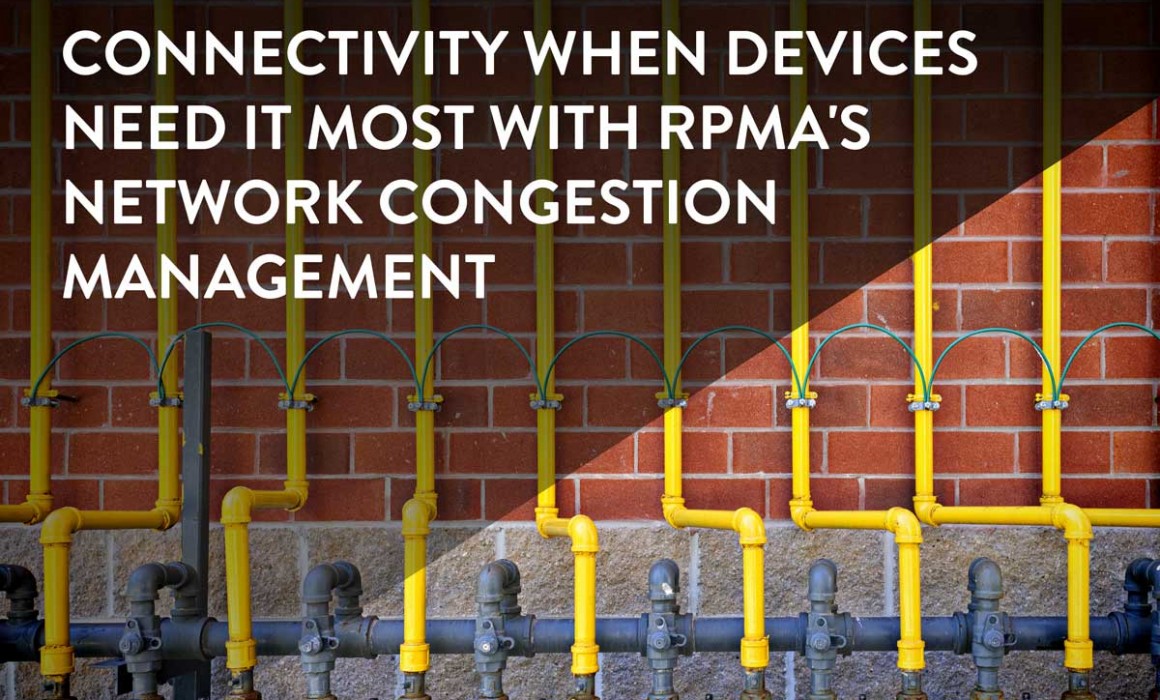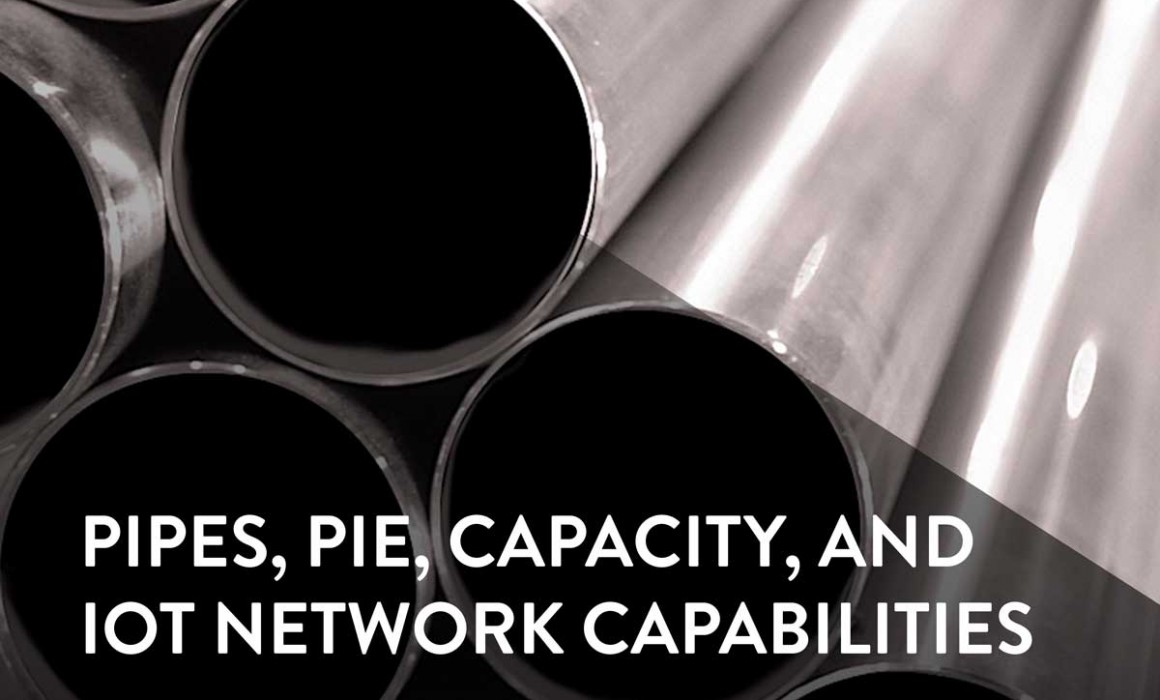How to Make Sense of Your IoT Connectivity Options
Anyone considering an M2M investment has many options. From local area solutions like a WiFi mesh network, or LPWA, to wide area solutions such as cellular or Ingenu’s own RPMA, the options can be baffling at first glance. There are a few questions you can ask yourself, and ask of each of the potential solutions to help simplify the decision process and get to the choice that makes sense for your situation.
First, you need to consider just how long you would like the solution to last you with little to no need to physically interact with the devices. Some solutions are driven by human data usage needs, like cellular. In the cellular case, you can expect network sunsetting every 5 to 10 years as newer generations of technologies are developed, like the upcoming 5G. Another issue to consider for how long the solution can last is scalability.
If your company has plans to grow, or could conceivably grow in the coming years, you should make sure that the connectivity solution can grow with you. A sneaky part of this question that you should understand is knowing whether your connectivity solution can grow with everyone using it. This is something called capacity scalability, and many IoT wireless solutions have the fundamental inability to scale as more companies use their services. Another aspect of scalability is simply the cost of coverage scalability. Many IoT wireless providers have extremely limited coverage per access point. That means putting up the infrastructure could be too costly to cover the areas you need served. Don’t limit your growth because your IoT wireless service provider can’t grow with you. There are other issues such as battery life that could limit the longevity of your devices’ usefulness.
Other criteria for simplifying your options include assessing what capabilities each provider offers. A top capability should be security along with true two-way communication. Finally, total cost of ownership should be used to help you understand the value you are receiving from your M2M investment. IoT connectivity is more than the device, and includes any sunsetting costs, maintenance, subscription costs, and others.
We’ve developed a great webinar that we invite you to attend to help you make sense of your IoT connectivity options. Go here to watch the webinar, grab the slides, and download the Q&As from the webinar.
Ingenu Announces Initial Rollout of Machine Network
First national network dedicated to the Internet of Things to launch in major cities across the United States
 SAN DIEGO – Nov. 10, 2015 — Ingenu, the pioneer in delivering connectivity exclusively to machines, today announced the initial rollout of its Machine Network™, covering 30 major metropolitan areas across the United States by the end of 2016. Once the first phase is operational, the Machine Network will be the nation’s largest exclusive Internet of Things (IoT) and machine-to-machine (M2M) network, serving approximately more than 100 million users across the United States, and covering an area of nearly 100,000 square miles.
SAN DIEGO – Nov. 10, 2015 — Ingenu, the pioneer in delivering connectivity exclusively to machines, today announced the initial rollout of its Machine Network™, covering 30 major metropolitan areas across the United States by the end of 2016. Once the first phase is operational, the Machine Network will be the nation’s largest exclusive Internet of Things (IoT) and machine-to-machine (M2M) network, serving approximately more than 100 million users across the United States, and covering an area of nearly 100,000 square miles.
Ingenu Announces Launch of the Machine Network
The Industry’s First Nationwide Network is Purpose-Built Exclusively for M2M / IoT Connectivity
CTIA Super Mobility, LAS VEGAS – September 9, 2015 — Ingenu, the pioneer in delivering connectivity exclusively to machines, today announced the launch of the Machine Network™, the first nationwide wireless public network dedicated entirely to machine-to-machine (M2M) and Internet of Things (IoT) connectivity. Based on Ingenu’s innovative RPMA® (Random Phase Multiple Access) technology, which has been successfully deployed in private networks around the globe, the Machine Network will make RPMA capabilities available at the public level. Anyone that utilizes M2M/IoT applications—from smart cities to smart agriculture—now has access to reliable, cost-effective connectivity.
Ted’s Corner
Recent Posts
Archives
Categories
november, 2024
No Events







